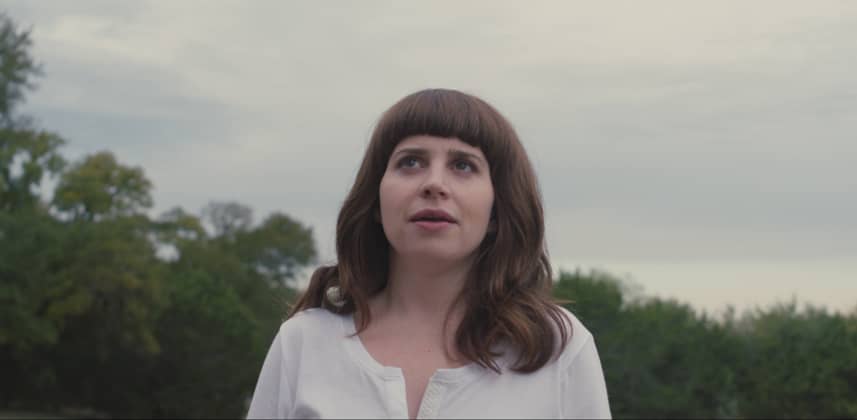| Series |
|---|
Tying It All Together
In this Insight, we’re wrapping up our series on working with reference images by applying lessons from Parts 1 and 2 to the creation of our look. As we discussed at the outset of this series, the ability to break down a reference image and borrow visual ideas from it is a vital skill for working colorists.
In Part 1, we focused on evaluating our references and identifying their key components, much like a chef might evaluate a dish, or a musician a piece of music.
In Part 2, we took a detailed look at the material to be graded, evaluating its strengths and weaknesses in order to determine which ideas to borrow.
Now that we understand both our references and our source material in a detailed way, we’re ready to skillfully select and recreate visual ideas. In this Insight I’ll show you:
- How to build your overall contrast curve using Custom Curves, focusing specifically on setting a knee, shoulder, and black point
- How to recreate a laboratory “pull” process
- How to fine-tune your image’s saturation
- How to add a split-toning effect by cooling shadows
If you have any questions, comments, or war stories on this topic, I’d love to hear about it in the comments. See you next time!
-Cullen
Member Content
Sorry... the rest of this content is for members only. You'll need to login or Join Now to continue (we hope you do!).
Need more information about our memberships? Click to learn more.
Membership optionsMember Login


